The purpose of this new blog post is to inform job seekers about the significance of the color black in resumes and CVs, as well as it is meaning and some examples of its application. This post aims to provide insight into how strategically incorporating black can make a candidate stand out and increase their chances of getting hired by showcasing their solemnity, confidence, and attention to detail.
Additionally, the post will help job seekers understand the best practices of using black in a professional context and provide examples of the effective use of black in resumes. Overall, this blog post serves as a guide for job seekers to use color in their resumes in a way that can make a positive impact on the perception of their candidature by potential employers.
Definition and psychology of the color black
The color black is often associated with power, elegance, sophistication, and formality. In color psychology, black is associated with authority, control, and strength. It is also seen as a color that represents mystery, elegance, and exclusivity. Black is often used to create a sense of drama, and it is considered to be a timeless and classic color.
Black can also be associated with negative feelings such as mourning, death, or evil. However, when used in design and branding, black is usually used to convey a sense of luxury, sophistication, and elegance. It is also used to create a sense of mystery, which can be useful in certain contexts. In general, black is considered to be a very versatile color that can be used in many different ways depending on the context.
When used in a professional context, such as in a resume or CV, black can be a great color choice for those looking to convey a sense of power, sophistication, and professionalism. It’s important to be mindful of the context and use black in a way that is appropriate for the job and industry you are applying for.
Explanation of the significance of black color in resumes or CVs
The use of black color in a resume or CV can be beneficial in a number of ways. First and foremost, black is considered to be a very professional and sophisticated color, which can help to convey a sense of maturity and authority to potential employers. This is particularly useful for those in more formal or professional industries such as finance, law, or corporate management.
Black can also be used to create a sense of elegance and luxury, which can be used to draw attention to specific sections of your resume such as your name, job title, or key accomplishments. This can make it easier for the reader to quickly find the information they are looking for and make a lasting impression.
Additionally, using black in a resume can be used to create contrast and make the text stand out. This can be useful for highlighting important information, making it easier to read, and drawing attention to specific sections.
Furthermore, black is considered to be a timeless color, it will not look outdated in a few months or years, and it can also be paired with other colors to create a cohesive and polished look.
It’s important to note that black should be used sparingly and strategically, in combination with other colors, too much black can make the resume look dull, and it may not be appropriate for certain creative or casual industries.
5 tips for incorporating black in resumes or curriculums
- Use black for headings and text: Use black for headings and text to create a sense of professionalism and authority. Black is a great color choice for section headings, job titles, and key accomplishments to make them stand out.
- Use black for borders and lines: Use black for borders and lines to create contrast and make the resume look polished and well-organized. This can be useful for separating sections and making the resume look neat and tidy.
- Use black in combination with other colors: Use black in combination with other colors to create a cohesive and polished look. Black can be paired with other colors to create a sense of balance and harmony.
- Use black sparingly: Use black sparingly to avoid making the resume look dull. Black should be used strategically, in combination with other colors, to create a polished and professional look.
- Use black in a context-appropriate way: Use black in a way that is appropriate for the job and industry you are applying for. Black can be great for formal and professional industries but may not be appropriate for creative or casual industries. It’s important to consider the context and use black in a way that is appropriate for the job and industry you are applying for.
Note: Remember to always proofread and double-check your resume or curriculum before submitting it to avoid any grammatical errors.
Black resume examples
Photo by Anna Shvets from Pexels



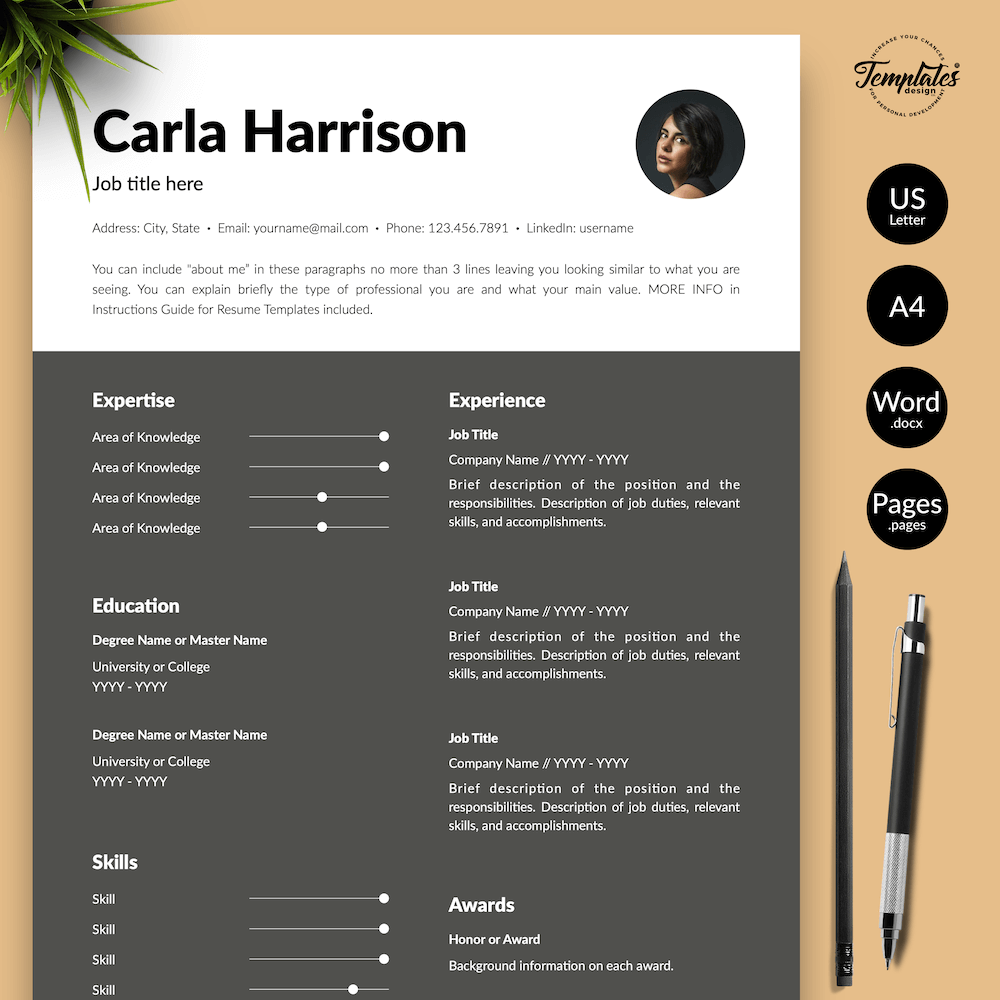
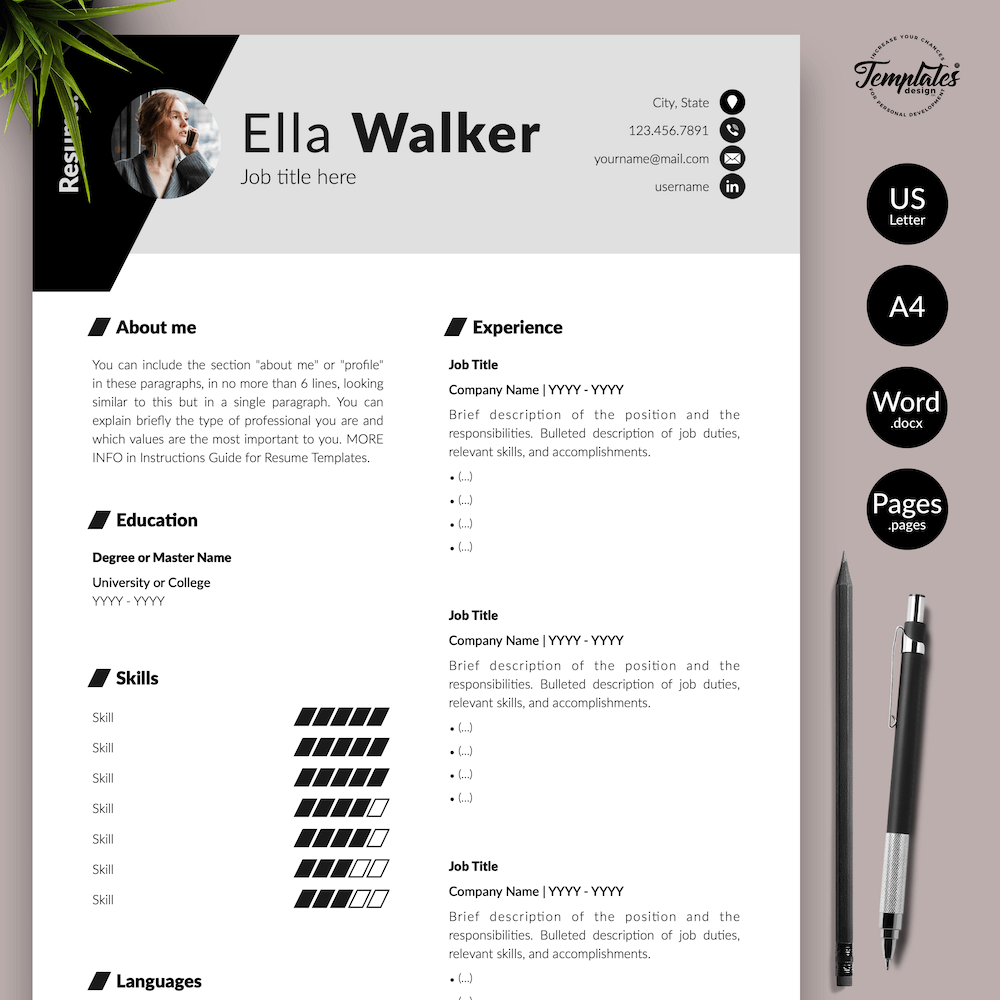

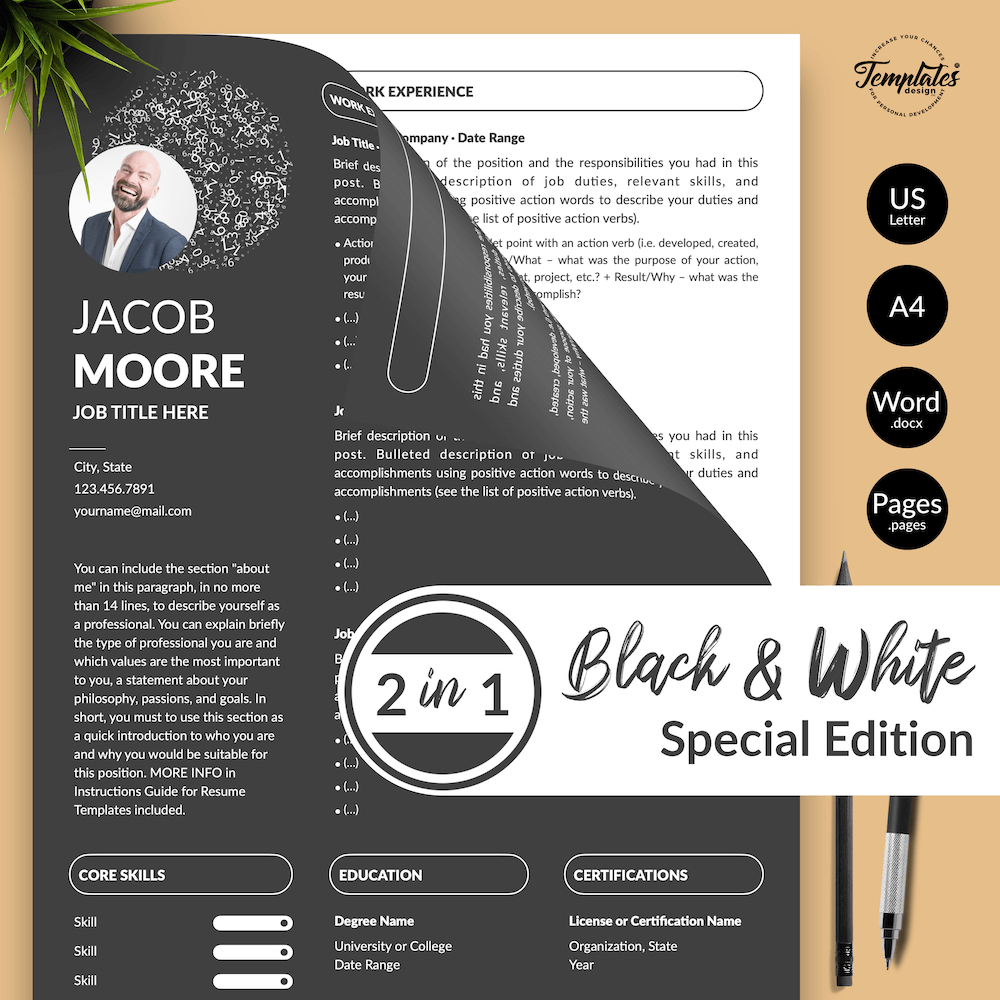

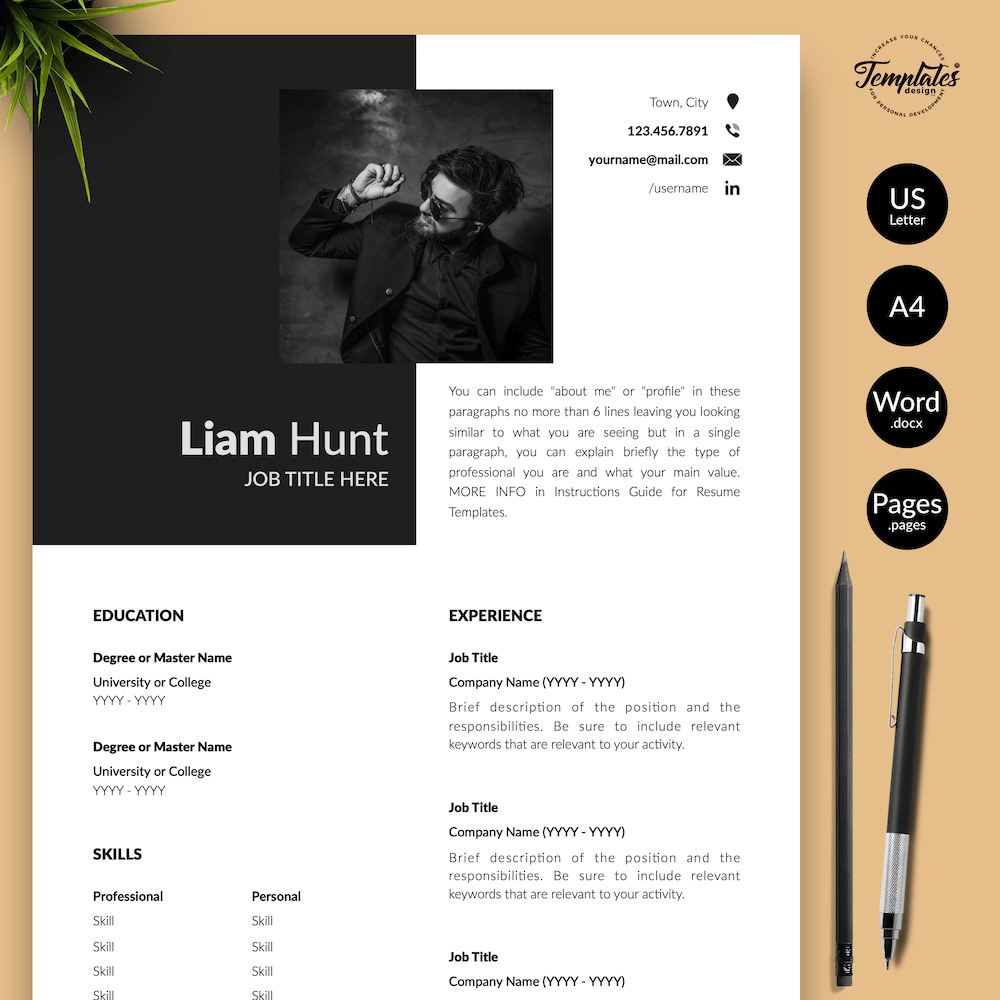
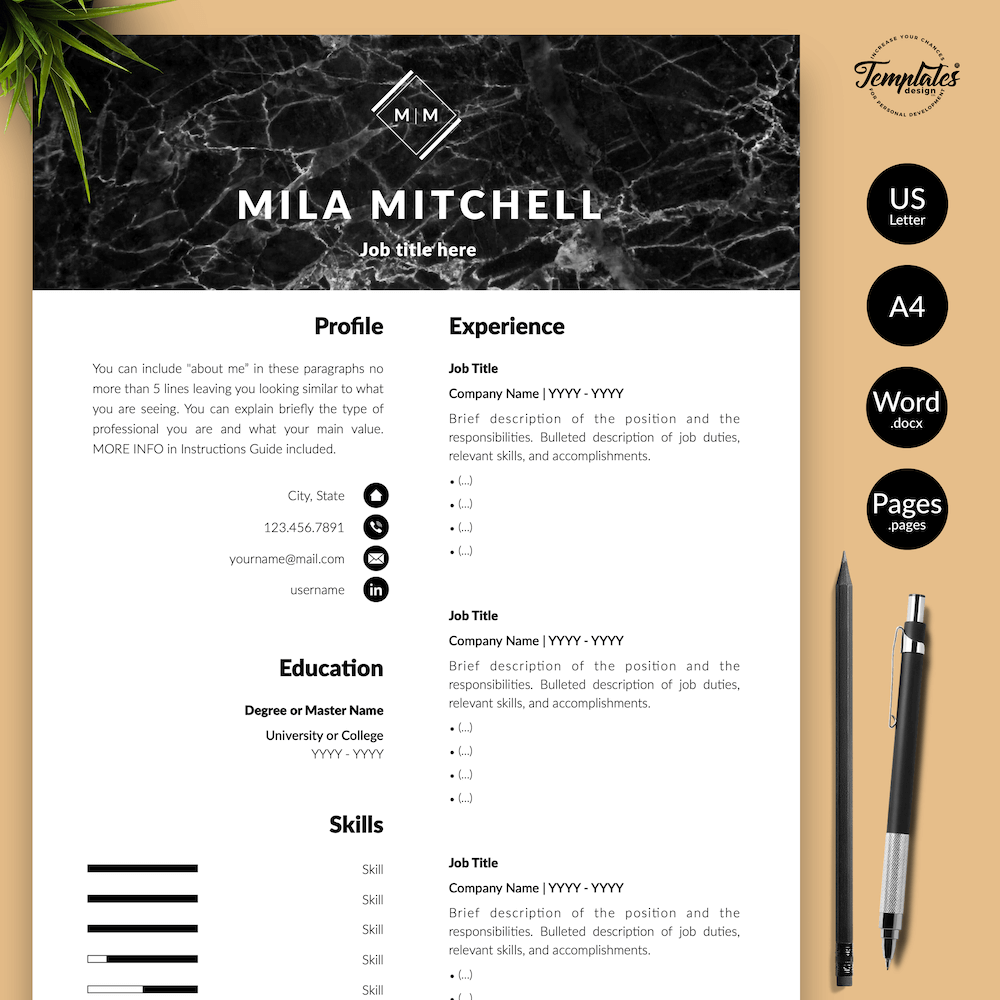
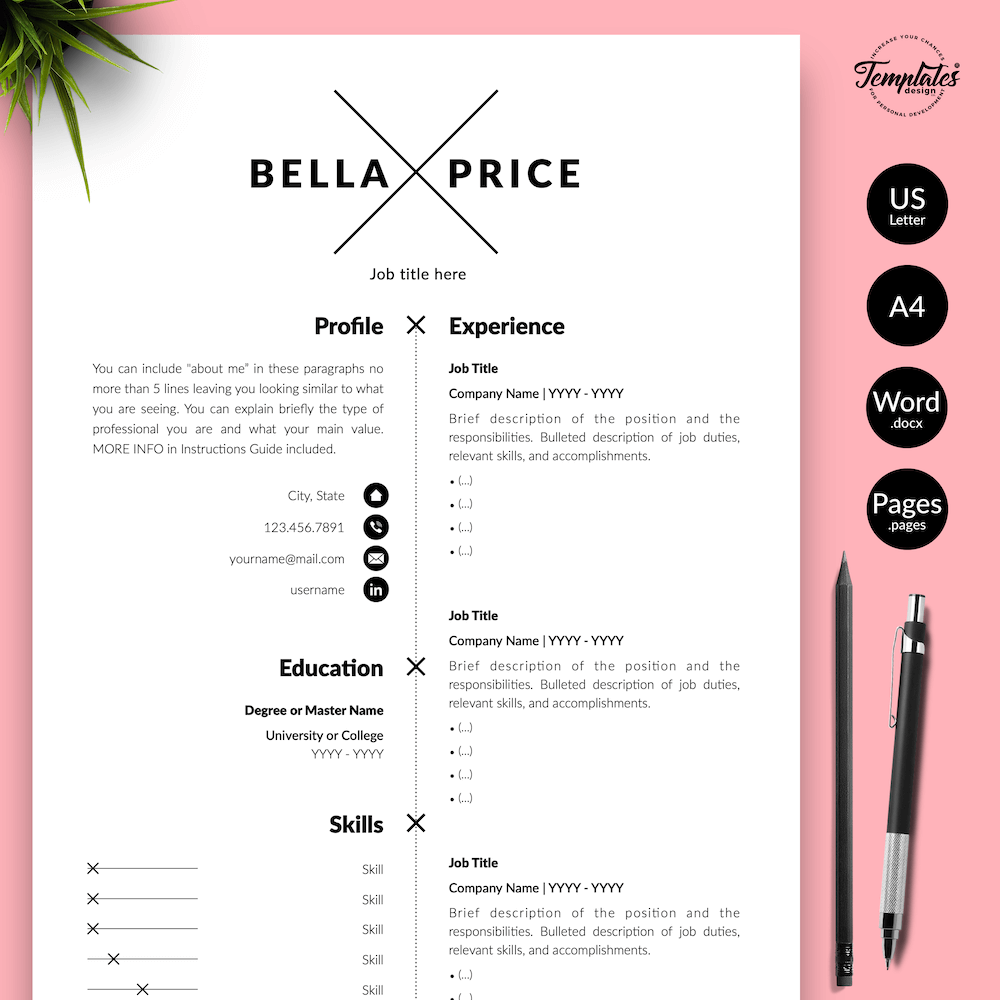

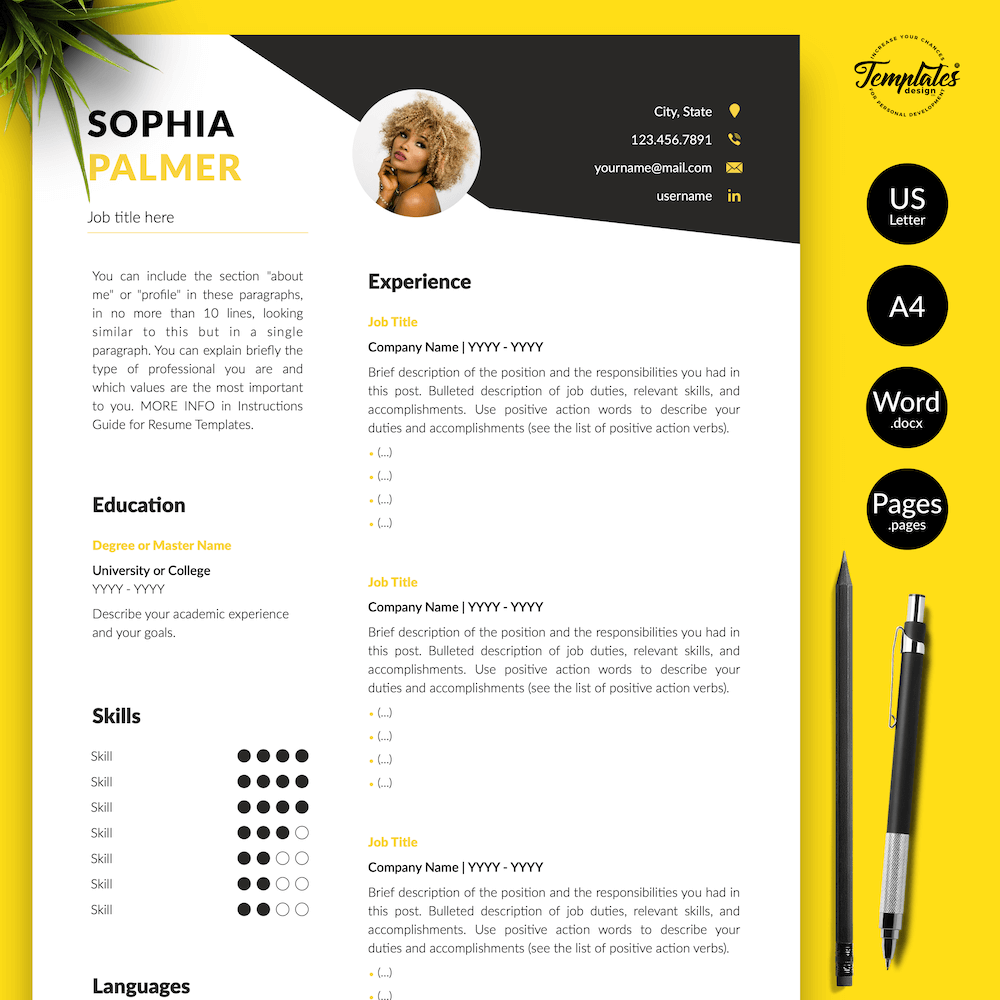
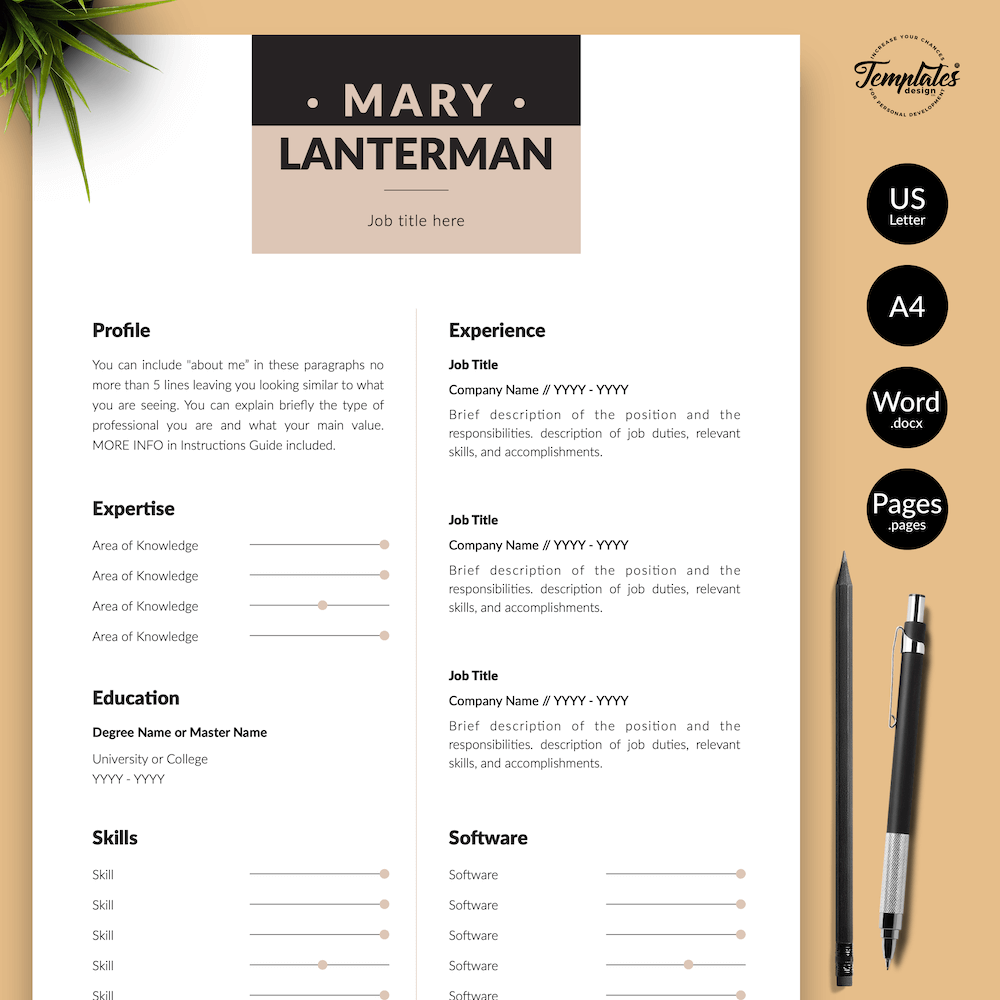
Leave A Comment